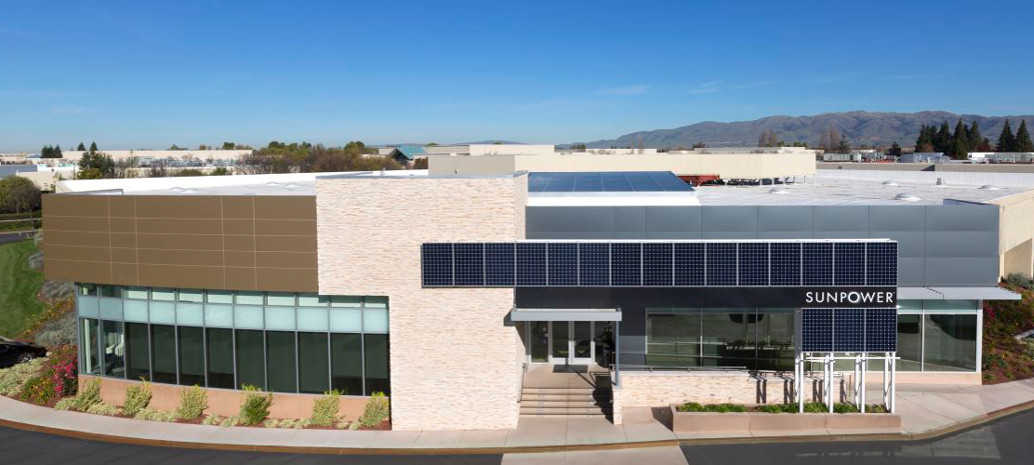Perhaps no other U.S.-headquartered solar company was quite as vulnerable to tariffs imposed under the Section 201 case as SunPower. The high-efficiency PV maker produces essentially all of its products overseas, and given the ad valorem nature of the tariffs, the raw dollars in tariffs will be higher on SunPower’s premium products than inexpensive crystalline silicon.
These tariffs come at a bad time for SunPower, which has been losing money every quarter for years. Q4 was no exception, with the company reporting an operating loss in excess of its $658 million in revenues, and a $750 million net loss.
While the company notes expenses related to investing in manufacturing for its next-generation Interdigitiated Back Contact (IBC) technology, and shipping costs to get modules into the country in advance of the Section 201 import duties, by far the majority of the losses was a $624 million write-down of residential lease assets.
SunPower has announced that it will be selling off its lease portfolio, which should bring in $200 million in cash. Additionally the company will bring in more than $350 million from its fire sale of yieldco 8point3 Energy Partners, in which First Solar and SunPower have agreed to sell to Capital Dynamics for at a roughly 18% discount to average stock prices for the last three months.
It is important to note that even before this write down, SunPower was far from profitable, either during Q4 or over the full year 2017. Despite the company’s significant growth in certain market segments, and its reports of cost-cutting measures, this lack of profitability is an unescapable fact.
Revenue is also not a pretty picture, with 2017 revenues showing a 26% decline versus 2016 levels. This is even greater than the estimated 22% year-over-year contraction in the volume of solar deployed in the United States as a whole.
SunPower offered only the most vague update to its promise to become profitable in the second half of 2018, noting that it expects a positive “Adjusted EBITDA” over the course of 2018.
Regardless, SunPower is moving forward with its manufacturing, including ramping its low-cost P-Series production in China and Mexico, as well as beginning to install tools for commercial production of its “next generation” IBC technology.
The company says that it is already producing IBC modules on a pilot line with more than 23% efficiency, and that the new technology will offer the same or better efficiency as its Maxeon cells at a lower cost.
SunPower is also attempting to get an exemption from Section 201 duties through a process under which companies can apply for technology-specific exemptions. However, both the timeline and the prospects for whether such an exemption will be granted is unclear.
In the interim the company reports that it has hoarded 3 1/2 to 6 months worth of modules to support its residential business, in which it claims a market leading position.
It remains to be seen if this momentum, or the new products that SunPower is rolling out will be enough to turn the company around in an environment where its overseas production is significantly disadvantaged. Q1 2018 doesn’t look any better, with the company predicting a net loss of $90-110 million.
This content is protected by copyright and may not be reused. If you want to cooperate with us and would like to reuse some of our content, please contact: editors@pv-magazine.com.



How can there be a loss in Q4 2018? Is this Author a fortune teller?